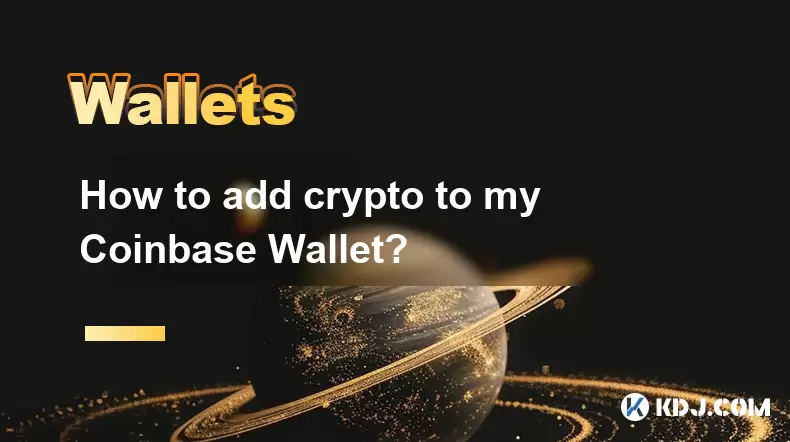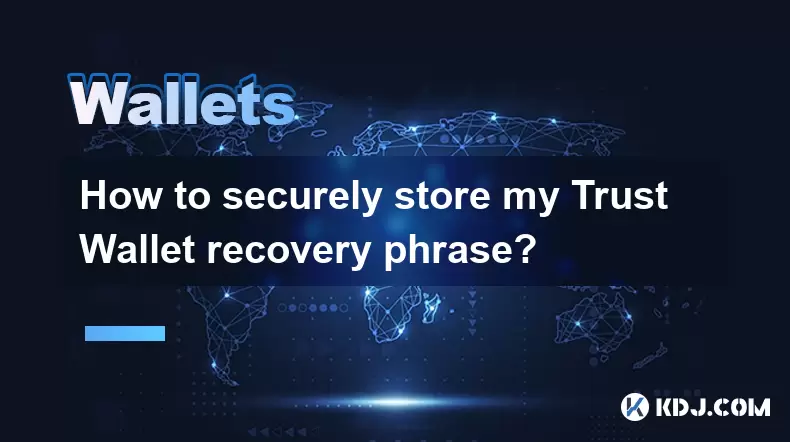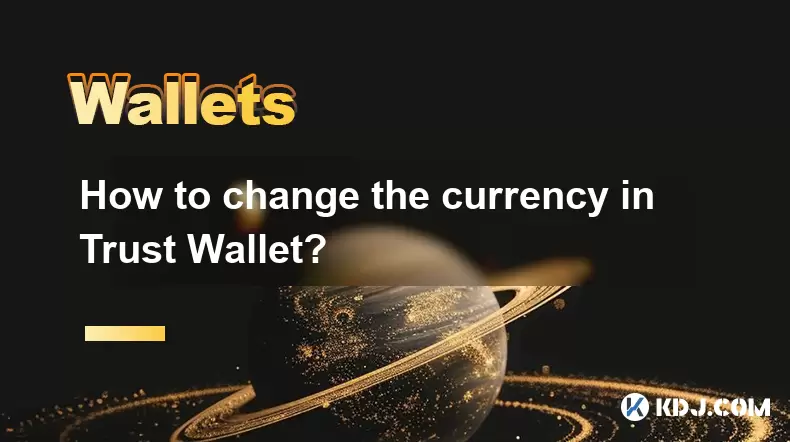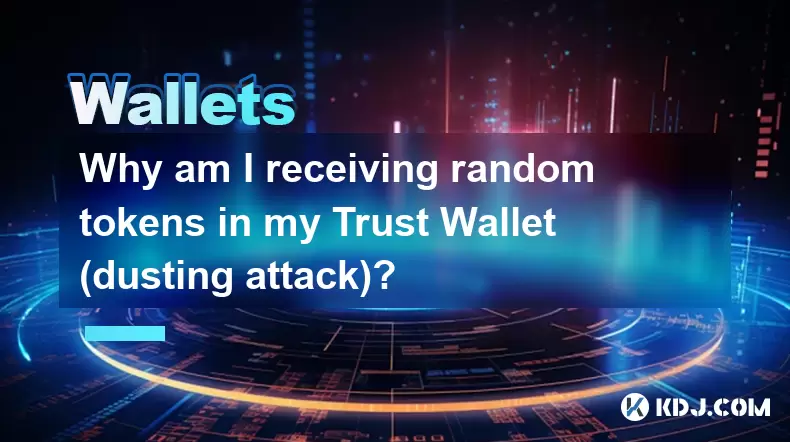-
 Bitcoin
Bitcoin $114200
0.00% -
 Ethereum
Ethereum $3637
0.56% -
 XRP
XRP $2.950
-2.01% -
 Tether USDt
Tether USDt $0.9999
0.02% -
 BNB
BNB $761.0
0.55% -
 Solana
Solana $164.1
-1.38% -
 USDC
USDC $0.9999
0.02% -
 TRON
TRON $0.3332
0.36% -
 Dogecoin
Dogecoin $0.2012
-0.52% -
 Cardano
Cardano $0.7261
-1.41% -
 Hyperliquid
Hyperliquid $37.62
-2.13% -
 Stellar
Stellar $0.3930
-2.65% -
 Sui
Sui $3.441
-0.16% -
 Bitcoin Cash
Bitcoin Cash $563.8
0.70% -
 Chainlink
Chainlink $16.50
0.09% -
 Hedera
Hedera $0.2424
-0.14% -
 Ethena USDe
Ethena USDe $1.001
0.01% -
 Avalanche
Avalanche $22.20
0.00% -
 Litecoin
Litecoin $118.0
-2.48% -
 UNUS SED LEO
UNUS SED LEO $8.991
0.12% -
 Toncoin
Toncoin $3.195
-3.87% -
 Shiba Inu
Shiba Inu $0.00001217
0.12% -
 Uniswap
Uniswap $9.674
-0.21% -
 Polkadot
Polkadot $3.633
1.00% -
 Monero
Monero $295.3
-0.82% -
 Dai
Dai $0.9999
0.00% -
 Bitget Token
Bitget Token $4.321
-0.41% -
 Cronos
Cronos $0.1392
0.73% -
 Pepe
Pepe $0.00001027
-0.89% -
 Aave
Aave $258.5
0.32%
How to add crypto to my Coinbase Wallet?
You can securely store, send, and receive crypto in your Coinbase Wallet by controlling your private keys and using the correct network for each transaction.
Aug 06, 2025 at 05:56 am

Understanding Coinbase Wallet and Its Purpose
The Coinbase Wallet is a self-custody digital wallet that allows users to store, manage, and interact with their cryptocurrencies directly on their mobile devices. Unlike the Coinbase exchange, where assets are held on a centralized platform, the Coinbase Wallet gives users full control over their private keys. This means you are responsible for securing your recovery phrase and managing your funds. Before adding crypto to your wallet, ensure you’ve downloaded the official Coinbase Wallet app from the App Store or Google Play and completed the initial setup, including writing down your 12-word recovery phrase in a secure, offline location.
Adding Cryptocurrency via the Coinbase Exchange
If you already have funds on the Coinbase exchange, transferring them to your Coinbase Wallet is a straightforward process. Open the Coinbase app, navigate to your portfolio, and select the cryptocurrency you wish to transfer. Tap on "Send/Receive" and choose the "Send" option. In the recipient field, you must enter the wallet address of your Coinbase Wallet. To find this address, open the Coinbase Wallet app, tap on the asset you want to receive, and select "Receive". A unique wallet address will appear, often as a QR code. Scan this QR code from the Coinbase exchange app or manually copy and paste the address. Confirm the transaction details, including network fees, and submit the transfer. The crypto will typically arrive within minutes, depending on blockchain congestion.
Receiving Cryptocurrency from External Wallets or Exchanges
To receive crypto from a wallet or exchange outside of Coinbase, you need to provide your wallet address. Open the Coinbase Wallet app, select the specific cryptocurrency you're expecting (e.g., ETH, BTC, or USDC), and tap "Receive". This action generates a unique public address for that asset. It’s crucial to ensure the sender uses the correct blockchain network—for example, sending USDC on the Ethereum network to an Ethereum-compatible address. If the wrong network is used (e.g., sending via BSC instead of Ethereum), the funds may be lost permanently. Always double-check the network with the sender before initiating the transfer. Once the transaction is broadcast, you can monitor its progress in the "Activity" tab of your wallet.
Buying Cryptocurrency Directly in the Coinbase Wallet App
The Coinbase Wallet app allows users to purchase crypto directly using a linked debit card or bank account. Open the app and tap on the "Buy" button located on the home screen. Select the cryptocurrency you want to acquire, such as Bitcoin or Ethereum. Enter the amount you wish to purchase and choose your preferred payment method. You may be required to complete identity verification if purchasing for the first time. After confirming the purchase details, including fees and exchange rates, tap "Buy Now". The purchased crypto will be deposited directly into your wallet. Note that buying through the app may involve higher fees compared to transferring from the Coinbase exchange, but it offers convenience for new users who don’t have existing crypto holdings.
Connecting to Decentralized Applications (dApps)
One of the powerful features of the Coinbase Wallet is its ability to interact with decentralized applications (dApps) on blockchains like Ethereum, Polygon, and Arbitrum. When using a dApp, such as a decentralized exchange (DEX) or NFT marketplace, you’ll often need to connect your wallet. Within the dApp’s interface, look for a "Connect Wallet" option and select Coinbase Wallet. You’ll be prompted to approve the connection via the Coinbase Wallet app. Once connected, you can swap tokens, stake assets, or claim rewards directly through the dApp. Any crypto earned or received through these interactions will automatically appear in your Coinbase Wallet, provided it’s on a supported network and the correct token standard (e.g., ERC-20 for Ethereum-based tokens).
Managing Multiple Tokens and Networks
The Coinbase Wallet supports a wide range of blockchain networks and token standards. By default, Ethereum is enabled, but you can add networks like Polygon, Binance Smart Chain, or Avalanche manually. To do this, go to the Settings menu, select "Networks", and tap "Add Network". Enter the required parameters such as RPC URL, chain ID, and currency symbol. After adding a network, you can receive tokens native to that chain (e.g., MATIC on Polygon). To view tokens not automatically detected, use the "Add Token" feature by entering the contract address. Always verify the contract address from a trusted source to avoid scams. Once added, these tokens will be visible in your wallet balance and can be sent or received like any other asset.
Frequently Asked Questions
Can I add any cryptocurrency to my Coinbase Wallet?
Yes, you can store most ERC-20 tokens and cryptocurrencies on supported blockchains such as Ethereum, Polygon, and BNB Chain. However, the asset must be compatible with the network your wallet is configured for. You cannot store cryptocurrencies from unsupported chains unless you manually add the network.
What should I do if my crypto doesn’t appear after sending?
First, confirm the transaction was sent to your correct wallet address and on the right network. Check the "Activity" tab for pending transactions. If the transaction is confirmed on the blockchain but not visible, ensure the token is added to your wallet’s token list. Use the "Add Token" function and input the correct contract address.
Is it safe to share my Coinbase Wallet address?
Yes, your public wallet address can be shared safely to receive funds. It’s designed for this purpose. However, never share your 12-word recovery phrase or private keys. Anyone with access to your recovery phrase can permanently take control of your wallet and drain all assets.
Why does my transaction show “pending” for a long time?
Transactions may remain pending due to low network fees or high congestion on the blockchain. You can check the status using a blockchain explorer by entering your transaction ID. Some wallets allow you to speed up the transaction by increasing the gas fee, though this feature may not be available in the Coinbase Wallet app.
Disclaimer:info@kdj.com
The information provided is not trading advice. kdj.com does not assume any responsibility for any investments made based on the information provided in this article. Cryptocurrencies are highly volatile and it is highly recommended that you invest with caution after thorough research!
If you believe that the content used on this website infringes your copyright, please contact us immediately (info@kdj.com) and we will delete it promptly.
- Binance, CZ, and the FTX Fallout: The $1.8 Billion Question
- 2025-08-06 18:30:12
- Brendan Rodgers, Celtic, and the Greg Taylor Role: A Tactical Conundrum
- 2025-08-06 18:50:12
- Coinbase Stock, Investment, and Earnings: Navigating Crypto's Tides
- 2025-08-06 18:55:54
- DALPY Coin: Investor Buzz Swirls Around Upcoming 'Game-Changing' Features
- 2025-08-06 18:30:12
- BlockchainFX: Your Ticket to 1000x Crypto Gains in '25?
- 2025-08-06 19:30:12
- Dogecoin Price, Technical Indicators, and Trader Sentiment: A NYC Perspective
- 2025-08-06 19:35:12
Related knowledge

How to add TRC20 token to Trust Wallet?
Aug 04,2025 at 11:35am
Understanding TRC20 and Trust Wallet CompatibilityTrust Wallet is a widely used cryptocurrency wallet that supports multiple blockchain networks, incl...

How to securely store my Trust Wallet recovery phrase?
Aug 06,2025 at 07:14am
Understanding the Importance of Your Trust Wallet Recovery PhraseYour Trust Wallet recovery phrase, also known as a seed phrase or mnemonic phrase, is...

How to change the currency in Trust Wallet?
Aug 06,2025 at 07:14pm
Understanding Currency Display in Trust WalletTrust Wallet does not allow users to change the base currency used for valuation in the same way traditi...

Why am I receiving random tokens in my Trust Wallet (dusting attack)?
Aug 06,2025 at 10:57am
What Is a Dusting Attack in the Cryptocurrency Space?A dusting attack occurs when malicious actors send minuscule amounts of cryptocurrency—often frac...

What is a watch-only wallet in Trust Wallet?
Aug 02,2025 at 03:36am
Understanding the Concept of a Watch-Only WalletA watch-only wallet in Trust Wallet allows users to monitor a cryptocurrency address without having ac...

Why can't I connect my Trust Wallet to a DApp?
Aug 04,2025 at 12:00pm
Understanding DApp Connectivity and Trust WalletConnecting your Trust Wallet to a decentralized application (DApp) is a common process in the cryptocu...

How to add TRC20 token to Trust Wallet?
Aug 04,2025 at 11:35am
Understanding TRC20 and Trust Wallet CompatibilityTrust Wallet is a widely used cryptocurrency wallet that supports multiple blockchain networks, incl...

How to securely store my Trust Wallet recovery phrase?
Aug 06,2025 at 07:14am
Understanding the Importance of Your Trust Wallet Recovery PhraseYour Trust Wallet recovery phrase, also known as a seed phrase or mnemonic phrase, is...

How to change the currency in Trust Wallet?
Aug 06,2025 at 07:14pm
Understanding Currency Display in Trust WalletTrust Wallet does not allow users to change the base currency used for valuation in the same way traditi...

Why am I receiving random tokens in my Trust Wallet (dusting attack)?
Aug 06,2025 at 10:57am
What Is a Dusting Attack in the Cryptocurrency Space?A dusting attack occurs when malicious actors send minuscule amounts of cryptocurrency—often frac...

What is a watch-only wallet in Trust Wallet?
Aug 02,2025 at 03:36am
Understanding the Concept of a Watch-Only WalletA watch-only wallet in Trust Wallet allows users to monitor a cryptocurrency address without having ac...

Why can't I connect my Trust Wallet to a DApp?
Aug 04,2025 at 12:00pm
Understanding DApp Connectivity and Trust WalletConnecting your Trust Wallet to a decentralized application (DApp) is a common process in the cryptocu...
See all articles

























































































